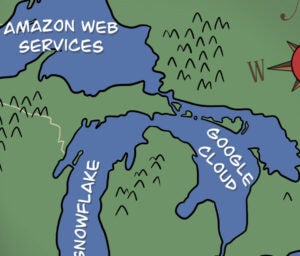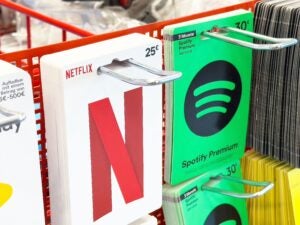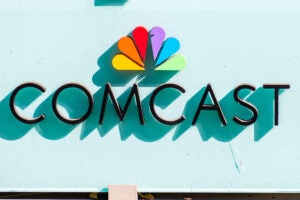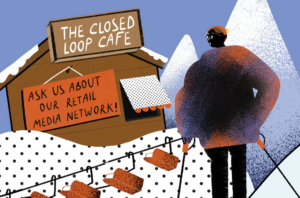 Best practices and policies to deal with fraud and botnets are emerging, but ad tech companies aren’t sharing them with each other – partially because they don’t want their secrets to slip out to fraudsters, and partially because ad fraud detection is a competitive differentiator.
Best practices and policies to deal with fraud and botnets are emerging, but ad tech companies aren’t sharing them with each other – partially because they don’t want their secrets to slip out to fraudsters, and partially because ad fraud detection is a competitive differentiator.
As a result, companies are developing their own policies and ways to communicate progress.
AppNexus CEO Brian O’Kelley, who runs the company’s internal inventory-quality push alongside chief data scientist Catherine Williams, said that in the past they had been more communicative with other DSPs when fraudulent traffic sources were detected, “but once we’d alerted the community, we’d see the behavior shift because bad actors knew where we were looking.”
While there aren’t any industrywide solutions, stakeholders have certainly made overtures toward unification. Numerous agencies, marketers and vendors, for instance, are participating in the Trustworthy Accountability Group (TAG).
Efforts like TAG require some commitment, but vastly more resources go into internal anti-fraud efforts.
“The competitive aspect means there isn’t much collaboration,” said John Murphy, OpenX’s VP of marketplace quality.
OpenX, AppNexus and Rubicon Project are all members of the TAG leadership council, but outside of that boardroom the market prevails. “We’ve spent a lot of time and money building these systems that our competitors do not have,” said Murphy.
Great anti-fraud tech means cleaner inventory and, as O’Kelley said, “Inventory quality is a differentiator we see for our platform in the market.”
Consequently, despite a desire to share knowledge and solutions, competitive concerns have been insurmountable. To the extent that companies communicate around fraud, it’s usually a one-on-one. “There are a growing number of us that have private phone calls,” said Sam Cox, MediaMath VP of global partnerships.
“It’s very clearly not a sustainable solution,” he said, “but until you can guarantee safety to companies that are open and the industry actually has a definition of fraud, you open yourself up to too much liability.”
The companies involved would hypothetically be revealing damning or competitive data about fraud on their platforms. Cox also said taking a combative approach would inevitably lead to publishers and media companies being punished for being the innocent victims of fraudsters – as happens now on a daily basis, but in a far less consequential way since it’s settled discreetly.
AdExchanger Daily
Get our editors’ roundup delivered to your inbox every weekday.
Daily Roundup
The inability to define fraud is also a problem.
To the extent that TAG and trade groups like the IAB have developed collaborative steps to fight fraud, they’ve focused on point solutions and verification standards.
When asked about his company’s anti-fraud practices, Adform North America general manager Julian Baring said, “Just to qualify the question: We do not just label traffic as ‘fraudulent,’ because most bot networks are programmed to visit 100-plus domains in order to appear legitimate. Rather than accuse honest publishers of fraud, we focus on nonhuman traffic.”
“Just to qualify” neatly encapsulates the fractured state of ad fraud standardization.
Baring claimed that automated detection methods can deal with 95% of fraudulent traffic coming into the platform, but the other 5% of suspicious traffic must be handled manually.
The same is roughly true everywhere. O’Kelley said that since AppNexus tightened its policy toward ad network partners last year, there are more and more “corner cases” – situations in which a team of engineers and data scientists find themselves in the uncomfortable position of deciding what is or is not ad fraud.
“Is this actually invalid traffic or is it accidental clicks on a low-quality mobile campaign?” O’Kelley proposed as a typical case. “There’s a difference between deliberate fraud and a buyer-beware situation with loose formatting. Should I be the moral police and say, ‘Thou shalt not put tiny X’s on mobile ads’?”
“Frankly, the pace of policy can’t keep up with the pace of innovation from tech companies, and certainly not from fraudsters,” said Cox, who went so far as to compare it to Upton Sinclair’s “The Jungle,” which was written when factory technology was developing too quickly for comprehensive regulation.
Occasionally, order emerges from chaos. But more often than not, chaos reigns.














